The world is becoming more accessible and accepting every day. Many of us are regularly making an effort to treat people equitably because that’s how things should be.
Part of that means confronting ableism and helping to make life easier for people of all abilities. With that, let’s discuss limb differences and how they can impact those who have them, even when purchasing shoes.
No two amputees are alike, and nobody’s needs are exactly alike, either. A prosthetist can help with any prosthetic needs, but the available literature may be lacking when it comes to buying shoes for amputees.
Limb loss makes some parts of life more challenging, which is part of why we aspire to make choosing footwear just that much easier. To that end, Kizik has gathered a few of the essential details when it comes to finding footwear for amputees. Let’s make buying new shoes easier than it has ever been before—and keep it that way.
1. Accessibility
When it comes to footwear for amputees, accessibility is the first word that comes to mind. A shoe can be comfortable and stylish, but there’s no point if you can’t get it on and off easily.
There are three essential accessibility concerns for footwear:
- How easy is it to put on without the use of hands?
- How easy is it to put on a prosthesis or over orthotics?
- How easy and comfortable is it to wear, accounting for differences within the shape of the foot itself?
Item two can be an issue for some particularly inflexible shoes. Item three can be an issue for shoes that alter the placement of pressure on your foot, like high heels. In some cases, the result may be a filler contoured to fit inside a given shoe.
Where the biggest problem enters, however, is the first item.
Go into a shoe store, and look at the types of shoes they have. You’ll probably notice this detail: many shoes use laces, velcro, or zippers as closure options, all of which require you to bend down and use your hands to put them on.
Few shoes are designed with total accessibility in mind. That’s part of what makes Kiziks so unique.
Kizik is proud to be a leader in the world of hands-free shoes. Our HandsFree Labs®️ technology is what makes it possible. Simply slide your foot into the shoe, and the Cage™ bends to allow entry. Once your foot is in, it bounces back up. There’s no tying, no bending, and no adjustments needed.
How easy is it to put on Kiziks over a prosthesis or orthotics? They’ll slip right on.
How do Kiziks account for limb differences? Ample toe box space and removable insoles allow for easy adjustments and fits.
How easy is it to put on Kiziks without using your hands? Well, that’s how they are meant to be worn—so you tell us.
2. Style
Accessible footwear doesn’t have to mean bland or sterile footwear. You can follow the guidelines here in terms of the general form of your footwear, but leave all other questions of style to your own personal taste.
One look at the variety of Kizik shoes should be enough to prove that fashionable versatility and accessibility go hand in hand. In our line of shoes, you’ll find materials ranging from breathable mesh to the full-grain leather of our Vegas and the genuine suede of our Prague shoes.
The importance of finding a shoe you like cannot be overstated. You may feel pressured to simply find a shoe that works and to place style second (or not even consider it), but don’t give in to that pressure. Shoes shouldn’t just be physically comfortable—they should be stylish too.
3. Prosthetics-friendliness
If you use a prosthetic, you need a pair of shoes that works with them. Otherwise, they can cause more harm than good.
Chafing, discomfort, and poor locomotion are all possibilities with improper footwear. In extreme cases, it may be impossible to properly use a prosthetic foot with the shoes in question. Proper footwear is also important to prevent the recurrence of ulceration, where that is a concern.
Knowing that prosthetics-friendly shoes are important isn’t a major stretch of the imagination. What actually goes into a good shoe is a little more complicated.
A shoe should fit just right when all orthotics are in place. The shoe should be neither too wide nor too narrow, so it stays on properly. It should also have a somewhat rigid heel and a semi-firm (not hard, not soft) midsole. The midsole should have ample cushioning and a little bounce-back for support and traction.
Removable insoles could be helpful in this case too. All Kizik shoes feature removable insoles, both for this purpose and for easy washing. This makes every single shoe more easily adaptable to orthotic and prosthetic needs.
4. Low heel height (but not too low)
Which of the following do you think would be worst for ambulation and pain:
- Flats, like sandals and flip flops
- “Normal” arched shoes, like sneakers
- High-heeled footwear like stilettos
The answer, surprisingly, isn’t the high heels. While heels don’t exactly put our feet in a natural position, flats deal the most damage. It all comes down to one crucial detail: Support.
Flat shoes lack that element. It results in greater exertion placed on the hips, knees, and legs as a whole. Add a prosthesis into the mix, and it can also harm ambulatory function.
Flat shoes can also mess with the ability of the foot to naturally support the body. The best shoes have a slight arch built into them or allow the foot to utilize its natural arch. Anything else can harm the body.
Some minimalist shoes strip back cushioning and arches while still offering some support. These can be helpful on a case-by-case basis. It all depends on the arch of your foot and prosthetic and what personally works best for you.
5. Customizable options
Some footwear can be immediately worn. In other cases, though, medical devices may make it necessary to have a second step in the process. This may include getting customized aids that go with footwear or altering footwear to meet your needs. However, your shoe shopping can be made easier by engaging with more flexible, better-fitting, customizable footwear.
What does that mean, exactly? Ideally, your shoes will be made from flexible materials and insoles that contour to the specific shape of your foot. A wide toe box can offer added comfort by avoiding pinching or jamming inside the shoe.
Identifying these details in footwear ahead of time can help you, and doing your shoe shopping by looking at reviews and manufacturing details can aid you.
For example, Kizik incorporates user-customizable features in our footwear to ensure the perfect fit. We do plenty of research into comfort, which shows up in our shoes in the form of breathable uppers and highly-cushioned midsoles. We also seek to improve the grip of our footwear.
Our Rabbit Foam™ outsoles and rubber traction pods combine both grip and flexibility. The result is a shoe that’s equally suited to traction and complex movement across varied terrain.
The Roamer is the perfect example of how these features can help you. This shoe features a wholly Flex Foam™ outsole, which provides a wide base that can support you for ultimate movement.
Choosing your ideal shoe
Choosing the right shoe never comes down to one single detail. Lots of little things add up to the bigger picture.
That’s why Kizik offers various benefits in one stylish package. Our shoes are hassle-free and hands-free, come with removable insoles made with comfort in mind, and have gripping outsoles for optimized traction.
In addition, Kiziks make shoe shopping and wearing significantly easier, with support and comfort in mind for everyone. Kiziks offers all of these things and more, like our holiday return policy and 1-time free exchange. Our universal approach is the best way to look for the right pair of shoes for you.
Sources:
Prosthetic and Orthotic Options for Lower Extremity Amputation and Reconstruction | PAR Journal


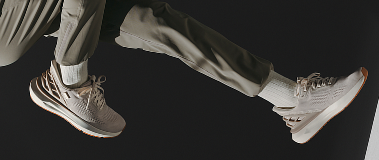
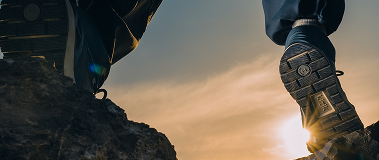

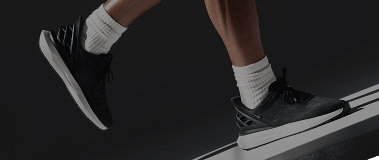
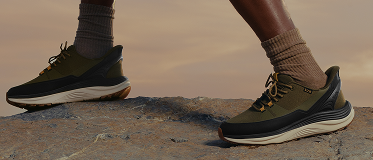
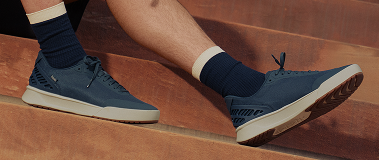
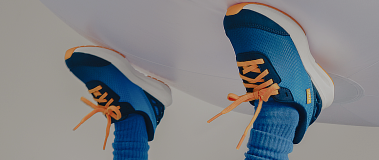
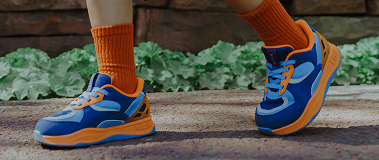
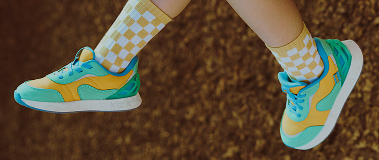

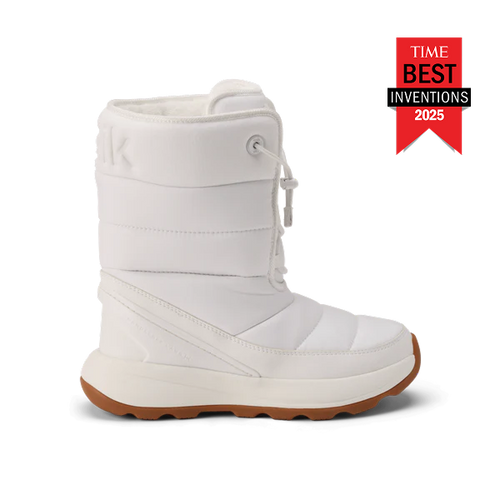


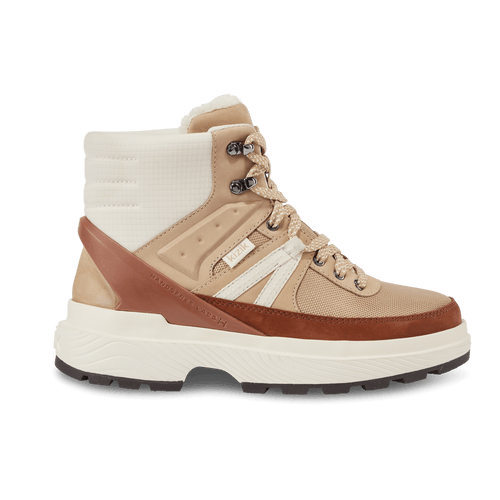
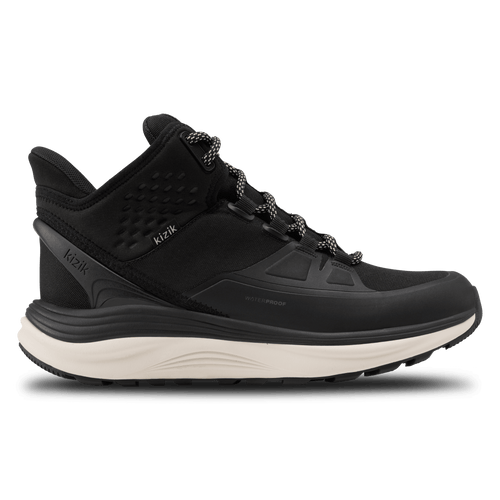








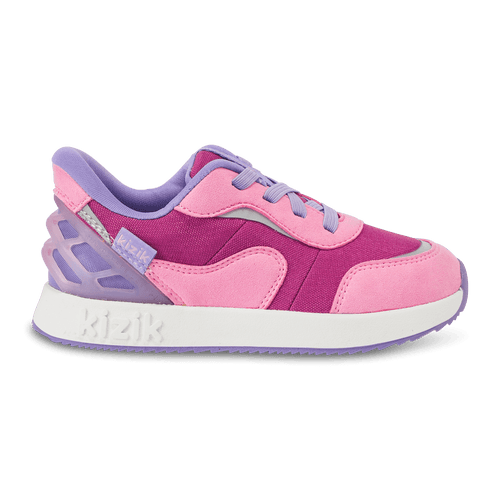

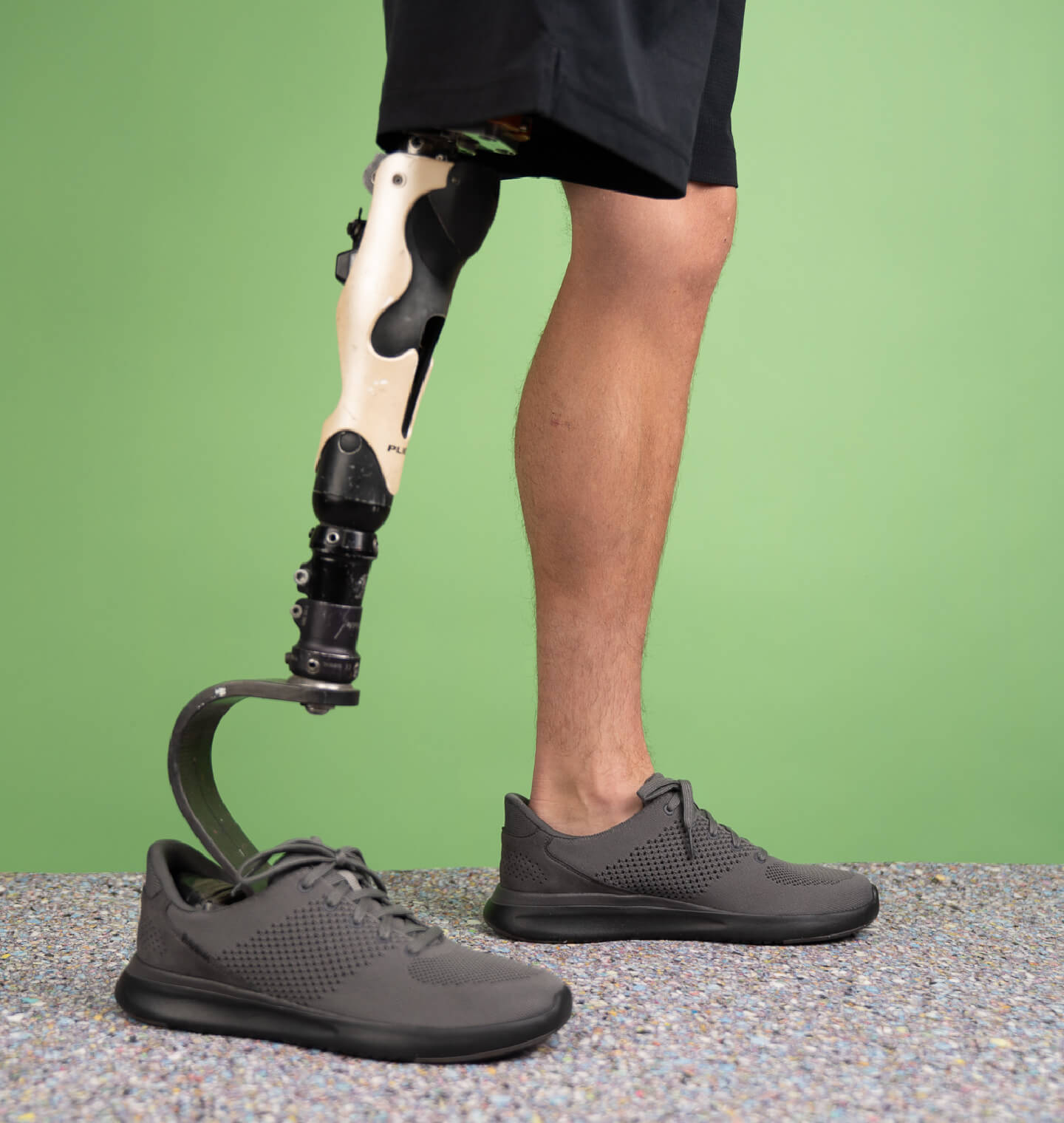

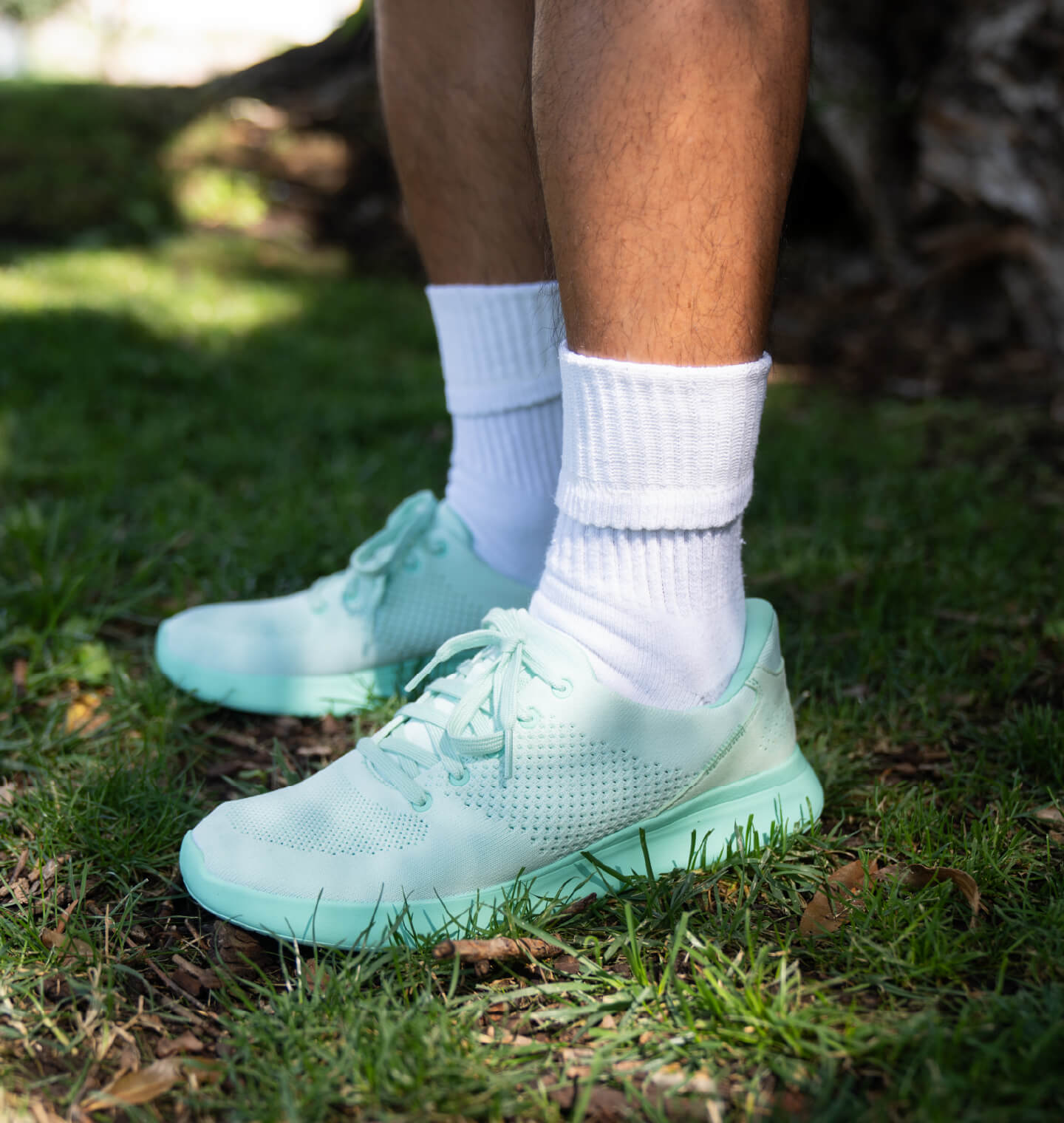
Leave a comment
This site is protected by hCaptcha and the hCaptcha Privacy Policy and Terms of Service apply.